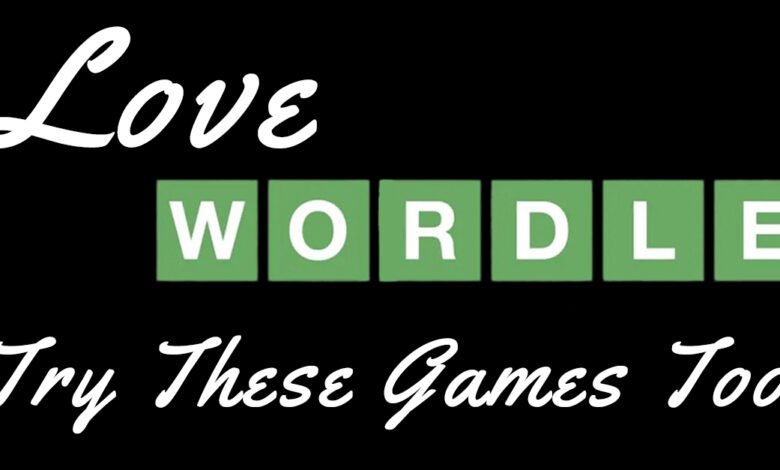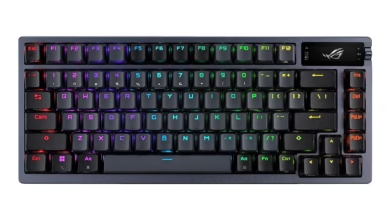Wordle: The Five-Letter Puzzle That Took the World by Storm

In a world obsessed with flashy apps and fast-paced content, one minimalist game quietly rose above the noise: Wordle. A five-letter word guessing game that updates once a day—yes, just once—Wordle has somehow captivated millions of people across the globe. It doesn’t beg for your attention with push notifications, it doesn’t try to sell you anything, and it doesn’t even require you to download an app.
Yet, every morning (or midnight, depending on your habit), people from all walks of life log in to test their vocabulary and logic skills. Whether you’re a teacher on a lunch break, a retiree sipping morning coffee, or a teen killing time between classes, Wordle has likely become part of your routine—or at least your Twitter feed.
Let’s dive into the world of Wordle—where it came from, why it’s so addictive, how to master it, and what the future may hold for this understated but mighty word game.
The Origins of Wordle: From Couple’s Project to Global Craze
Wordle wasn’t born out of a business strategy or gaming startup. It was created by Josh Wardle, a software engineer, who built the game for his partner who loved word games. It was, quite literally, a labor of love.
A Passion Project That Went Viral
Josh Wardle first developed Wordle in 2021 as a simple, ad-free browser game. There was no intention to commercialize it or turn it into a viral hit. But people who tried it started telling their friends, who then told their friends—and soon, Wordle was being played by millions. Its meteoric rise was driven purely by word-of-mouth and social sharing.
The game’s sharing mechanism was particularly clever. Instead of spoiling the word, it allowed users to share a visual grid of colored squares that represented their guesses—green for correct, yellow for the right letter in the wrong place, and gray for incorrect letters. It was a brilliant, spoiler-free way to spark curiosity and competition online.
Why Wordle Resonated with So Many
At a time when many people were burned out from constant digital overload—especially during the pandemic—Wordle offered a refreshing break. You couldn’t binge it. You couldn’t pay to win. It gave you one puzzle per day and invited you to take your time, think, and enjoy the process.
Its minimalist design was part of the appeal. There were no distractions, no flashy animations, just a grid, a keyboard, and your own brain. It struck a balance between challenge and simplicity that few games manage to achieve.
How Wordle Works: Simple Rules, Deep Strategy
At first glance, Wordle looks incredibly simple. But once you start playing regularly, you begin to realize just how much strategy and pattern recognition go into solving it efficiently.
The Basics: One Word, Six Guesses
The rules are easy enough for anyone to understand:
- You have six chances to guess a five-letter word.
- After each guess, the tiles change colors to show how close you are.
- Green means the letter is correct and in the right spot.
- Yellow means the letter is correct but in the wrong position.
- Gray means the letter doesn’t appear in the word at all.
That’s it. No hints, no extra clues—just pure deduction.
Mastering the Opening Word
One of the first things Wordle enthusiasts do is choose their go-to starting word. This is more important than it might seem. A good opener contains common vowels and frequently used consonants, which helps narrow down possibilities quickly. Words like “CRANE,” “SLATE,” and “AUDIO” are popular for this reason.
Some players go deep into statistics to find the “optimal” word. Others rely on intuition. Either way, your first guess sets the tone for your whole game.
Strategic Thinking: It’s Not Just Guesswork
To succeed in Wordle consistently, you have to think strategically. Once you’ve placed a few letters, you start mentally mapping possible word combinations. You avoid repeating eliminated letters. You look for letter patterns like “TH,” “SH,” or “ER.” And as you get closer to the solution, every guess becomes a careful calculation.
It’s part logic puzzle, part vocabulary test—and that’s what keeps it engaging.
The New York Times Acquisition: What Changed?
In January 2022, Wordle was acquired by The New York Times for a reported seven-figure sum. This news caused quite a stir among fans, many of whom feared that the game’s beloved simplicity would be compromised.
NYT’s Growing Gaming Portfolio
The New York Times had already established itself as a hub for word games, including the iconic NYT Crossword, Spelling Bee, and The Mini. Wordle fit perfectly into their brand and offered a new entry point for a younger, mobile-savvy audience.
By acquiring Wordle, NYT not only expanded its gaming portfolio but also strengthened its digital subscriber base. It was a smart move—but only if they managed to preserve what made Wordle special.
What Actually Changed?
Surprisingly little, at least at first. The NYT moved the game to its own website and made small changes to the word list, removing a few offensive or controversial entries. They also introduced the option to link your account to track your stats and streaks across devices.
While some players reported a slight uptick in difficulty, others noticed no difference. As of now, Wordle remains free to play, and NYT has resisted the temptation to overload it with ads or paywalls—much to the community’s relief.
Why Wordle Continues to Thrive in 2025
We live in a fast-changing digital world where most trends fade after a few weeks. Yet Wordle has not only survived but continues to flourish. What’s its secret?
A Social Game Without the Noise
Wordle doesn’t ask you to invite friends or earn coins by watching ads. But ironically, it’s one of the most socially shared games in the world. Why? Because people love comparing results, bragging about getting it in two tries, or venting after blowing a streak.
The spoiler-free sharing system allows for friendly competition without ruining the fun. It’s a rare example of social gaming done right—without being annoying.
Accessible to Everyone
You don’t need a gaming PC, a console, or even an app. Wordle runs on any browser, works on mobile and desktop, and requires zero setup. It’s a game your grandma can play as easily as your little cousin. That accessibility is a huge part of why it continues to grow in popularity.
A Little Daily Ritual
Wordle has become a daily habit for many. It’s not just a game—it’s a small moment of mindfulness. Like making coffee or reading the news, Wordle gives people a way to pause, focus, and accomplish something first thing in the day. That small win—solving a puzzle—can set a positive tone for hours.
The Wordle Effect: Inspiring a New Era of Word Games
Since Wordle’s rise, a wave of imitators and spin-offs have appeared online. Some are quirky, others are genius. Together, they’ve created a kind of Wordleverse—a thriving ecosystem of daily word challenges.
Notable Spin-Offs
- Quordle: Solve four Wordles at once.
- Octordle: Take it up a notch with eight.
- Heardle: Guess a song from its intro.
- Worldle: Identify countries by their shapes.
- Absurdle: A chaotic version where the word keeps changing.
These games cater to different interests and challenge levels, and they all owe a debt of gratitude to the original Wordle for paving the way.
Final Thoughts: Wordle Is Here to Stay
Wordle isn’t just another viral game—it’s a modern classic. It combines simplicity with depth, community with solitude, and fun with intellect. That rare mix is why people keep coming back day after day, month after month, even years after its launch.
Whether you’re in it for the brain boost, the bragging rights, or just to feel a little sharper each morning, Wordle delivers. And as long as it stays true to its roots, there’s no reason it can’t continue delighting players for many years to come.



